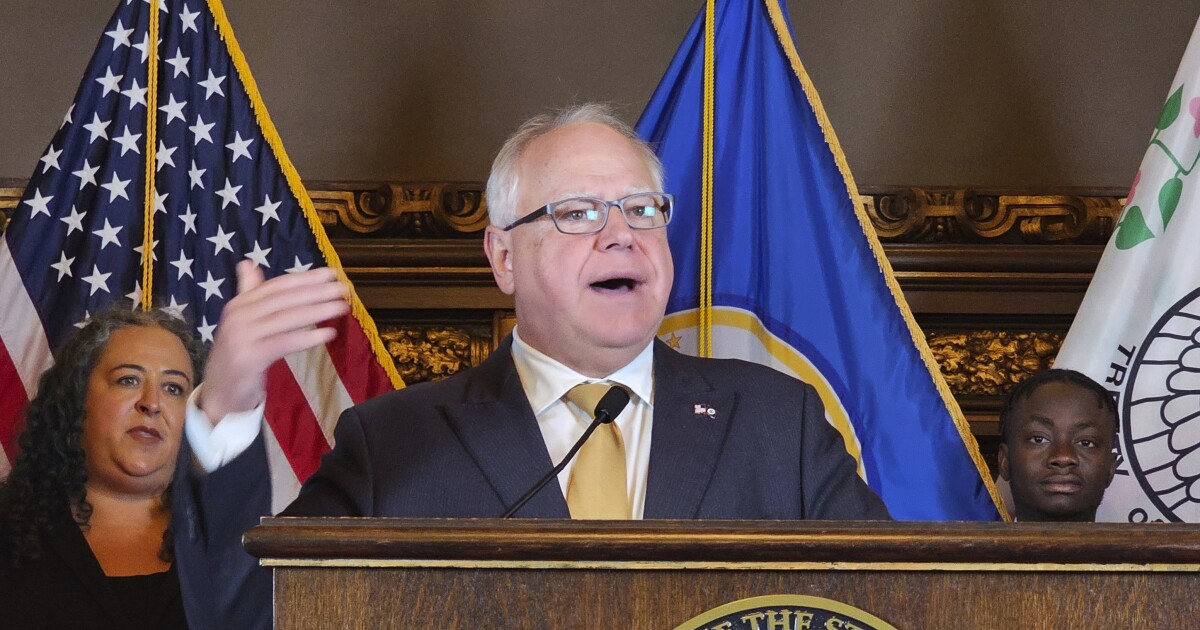

More than 30% of Minnesota public school students are chronically absent, double the pre-pandemic rate of 15%, according to the state’s Department of Education.
The state published data for the first time since 2019 that showed 69.8% of students last year were attending school at least 90% of the time, the threshold for defining chronic absenteeism.
JIM JORDAN SUBPOENAS DOJ TAX OFFICIALS ASSIGNED TO HUNTER BIDEN CASE
“These statewide assessment results reinforce what we and other states around the country already know—our students, families, school communities, and educators are continuing to recover from the pandemic and need our support,” state Education Commissioner Willie Jett said. “We will not shy away from what the data are telling us. These results send a renewed sense of urgency and underscore the importance of key supports that are already underway.”
In some lower-income Minnesota schools, fewer than 25% of students attend school regularly. In Minneapolis, where 57% of students are impoverished, the overall attendance rate dropped from 79% in 2019 to 46% in 2022, with white students plummeting from 90% attendance to 59% and black students moving from 71% to 32%.
“There’s often this parent engagement piece you need to do with lower-income families to make sure that parents recognize that these absences make a difference,” absenteeism researcher Phyllis Jordan told the 74. “Having a community person or a school liaison or teacher [visit parents at home] to get a sense of what the kid’s home life is like, talk to them about attendance and then have repeat visits, builds that connection.”
She also added that tracking data to find patterns can help school districts find a solution. As an example, if students from one part of town are chronically absent, it may mean that the district needs to run more school buses in that area.
According to the University of Chicago, chronic absenteeism can significantly affect graduation rates, a trend that can start in middle school.
Middle school students who miss two or fewer days per school year have a 93% chance of being “on track” by their freshman year of high school, compared to 66% of students who miss around two weeks per year.
One week’s absence per semester in ninth grade has shown an over 20% plummet in the likelihood of receiving a diploma by senior year.
Despite that, the high school graduation rate in Minnesota slightly increased from 83.3% in 2021 to 83.6% in 2022. That is close to the historic high of 83.8% in 2020.
CLICK HERE TO READ MORE FROM THE WASHINGTON EXAMINER
However, only 45.5% of students in grades three through eight and 11 met or exceeded math scores, while 39.2% of students were proficient in science and 8.6% were proficient in English.
Aside from pointing to a press release, the Minnesota Department of Education would not comment on the data in a request from the Washington Examiner.







